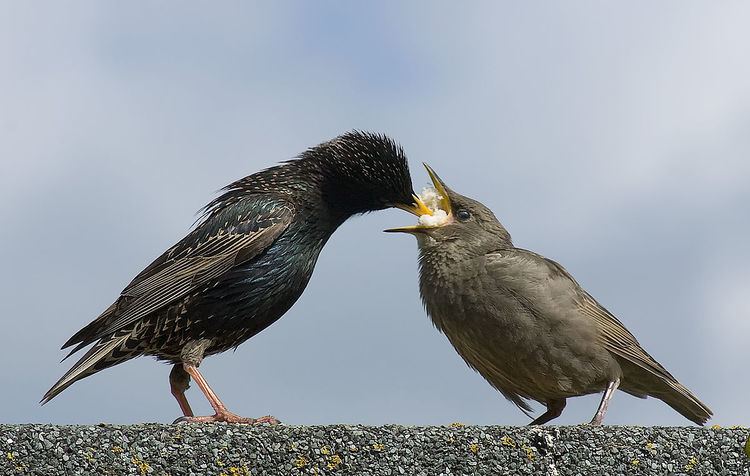 | ||
Durophagy is the eating behavior of animals that consume hard-shelled or exoskeleton bearing organisms, such as corals, shelled mollusks, or crabs. It is mostly used describing fish, but is also used when describing reptiles and invertebrates, as well as "bone-crushing" mammalian carnivores such as hyenas. Durophagy requires special adaptions, such as blunt, strong teeth and a heavy jaw.
Durophagy in carnivorans
In the order Carnivora there are two dietary categories of durophagy, bonecrackers and bamboo eaters. Bonecrackers are exemplified by hyenas and saber-toothed cats, while bamboo eaters are primarily the giant panda and the red panda. Both have developed similar cranial morphology. However, the mandible morphology reveals more about their dietary resources. Both have a raised and dome-like anterior cranial, enlarged areas for the attachment of masticatory muscles, enlarged premolars, and reinforced tooth enamel. Bamboo eaters tend to larger mandibles, while bonecrackers have more sophisticated premolars.
